Agile has revolutionized the software development industry, enabling teams to respond quickly to changing requirements and deliver value incrementally. This article explores the challenges in scaling Agile and how the SAFe core values help in tackling them.
Agile methodology was formally introduced in 2001 as a response to the limitations of traditional waterfall methodologies. The Agile Manifesto emphasized the importance of individuals, collaboration, and adapting to change, laying the groundwork for a more adaptive approach to software development. Since then, various Agile frameworks and methodologies have evolved to cater to different contexts and team sizes.
However, as organizations tackle more complex projects and scale up, they often face challenges maintaining agility while ensuring stability and predictability.
Challenges in Scaling Agile
Lack of Coordination
In large enterprises, multiple Agile teams work on interconnected features. Coordinating their efforts, aligning priorities, and ensuring consistent communication becomes critical. SAFe addresses this by introducing the concept of Agile Release Trains (ARTs)—cross-functional teams that work together towards a common goal.
Inconsistency
Scaling Agile requires maintaining consistency across teams. SAFe provides a set of core values that guide decision-making and behavior. These values serve as a compass for organizations to navigate complex landscapes.
Unpredictability
Agile emphasizes flexibility, but large-scale projects demand predictability. SAFe strikes a balance by incorporating Program Increments (PIs). Program Increments are fixed timeboxes that allow planning, execution, and inspection. PIs provide a predictable rhythm while accommodating change.
Scaled Agile Framework (SAFe)
SAFe is a framework designed to address the unique challenges faced by large enterprises when adopting and scaling Agile principles and practices. In today’s digital age, every business must rapidly produce innovative, high-quality products and services. SAFe helps organizations achieve this by delivering value faster, predictably, and with higher quality.
SAFe (Scaled Agile Framework) is a comprehensive and widely adopted framework for achieving business agility in organizations. It integrates principles from Agile, Lean, and DevOps, providing a structured approach to implementing Agile practices while preserving flexibility and adaptability.
At the heart of SAFe are four core values that serve as the foundation for successful implementation. In this comprehensive guide, we will explore these values and practical strategies for embedding them within your organization.
Core Values of SAFe
1. Alignment
Alignment is a critical factor for the success of any organization. This SAFe core value involves establishing a common understanding of the mission and goals, which is essential for shared decision-making and effective collaboration. In Scaled Agile, this requires aligning ARTs, product owners, and stakeholders. Regular PI Planning sessions can foster alignment by synchronizing priorities and dependencies.
To achieve alignment, it is vital to articulate the organization’s mission and vision clearly. This helps everyone understand why they are working on a specific feature or project, and align their efforts accordingly. During Program Increment (PI) planning, it’s essential to integrate the enterprise’s vision, mission, and strategy into Business Owner briefings to ensure consistency across the Agile Release Train (ART).
To promote alignment and collaboration, it’s crucial to identify dependencies early and manage them proactively. ARTs should collaborate to address cross-team dependencies, ensuring smooth progress toward enterprise goals. Strategic themes can help connect strategy to execution, translating business strategies into tangible guidance that informs everyone throughout the portfolio.
Overall, alignment is the cornerstone of effective organizational functioning. Just as a misaligned vehicle struggles to reach its destination, an organization that lacks alignment may face delays, quality issues, and inefficiencies. Clear and consistent alignment, from top leadership down to individual contributors, is necessary for achieving enterprise goals and promoting success.
2. Transparency
Ensuring transparency within an organization is crucial to facilitating the free flow of information. To promote transparency in SAFe, Inspect and Adapt (I&A) workshops must be utilized, where teams can reflect on their processes and identify areas that require improvement.
To encourage transparency, it is recommended that I&A workshops be conducted regularly at the end of each Program Increment (PI). During these workshops, teams can discuss what went well, and what didn’t go well, and propose adjustments to improve the process. Transparency facilitates honest conversations and provides an opportunity for course corrections.
Visual boards, such as Kanban or Scrum boards, can be utilized to display work items, progress, and impediments. Visualizing the workflow promotes transparency and encourages collaboration.
Sharing relevant metrics with teams, such as velocity, lead time, and cycle time, provides insights into performance and bottlenecks. This further promotes transparency, trust, and informed decision-making.
In the SAFe core values, transparency is promoted as a means of fostering trust and informed decision-making. Openness in sharing information, progress, and challenges allows for better collaboration, risk management, and problem-solving.
Transparency can help alleviate uncertainty and empower teams, leaders, and stakeholders with clear insights into an organization’s inner workings. Encouraging open dialogue at all levels is crucial in promoting transparency. Sharing information, progress, and challenges openly allows everyone to contribute to problem-solving.
3. Respect for People
Respect is a fundamental aspect of creating a healthy work environment. The Scaled Agile Framework (SAFe) recognizes that motivated and empowered teams are key to driving success. Leaders should strive to create an environment where collaboration, creativity, and learning can flourish. Trust and psychological safety are essential components of this environment.
It is crucial for leaders to trust their teams to make important decisions and solve problems. Encouraging autonomy and providing the necessary support can lead to many benefits. It is also important to recognize and appreciate diverse perspectives, as inclusion fosters innovation and creativity. Creating a safe environment where people feel comfortable expressing their opinions, experimenting, and learning is crucial. Respectful interactions encourage creativity, innovation, and risk-taking.
Leaders and team members should actively listen, strive to understand diverse perspectives, and value each other’s contributions. Inclusion ensures that everyone’s voice is heard, regardless of their role or background. By creating a collaborative and inclusive environment, teams can work together more effectively and achieve greater success.
4. Relentless Improvement
Continuous improvement lies at the core of SAFe. Organizations must constantly adapt, learn, and evolve to stay competitive. SAFe core values promote experimentation, learning from failures, and embracing change. Improvement and learning is the most beneficial when it is continuous and relentless.
Continuous improvement is the lifeblood of agility. SAFe fosters a culture of learning, adaptation, and evolution. It is important to regularly assess processes, practices, and outcomes. Retrospectives, after-action reviews, and metrics can be used to drive improvements.
SAFe encourages experimentation. It encourages teams to pursue failures as opportunities and new beginnings. Teams should regularly inspect their processes, outcomes, and feedback loops to adapt based on learning. This approach fosters continuous improvement, encourages experimentation, learning from failures, and embracing change.
Organizations need to create a culture of continuous improvement. Teams should seek small, incremental enhancements in their practices, tools, and collaboration.
Summary
In conclusion, the SAFe core values serve as a compass for organizations navigating the dynamic landscape of software development. By embracing alignment, transparency, respect for people, and relentless improvement, teams can foster collaboration, enhance visibility, and drive successful agile transformations.
Remember that these values are not static, they evolve with your organization’s journey. So, adapt, iterate, and keep the SAFe principles at the heart of your Agile endeavors.


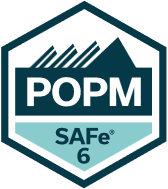
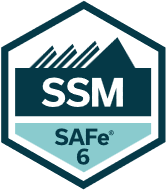
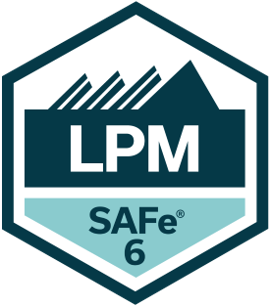
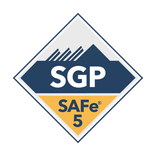
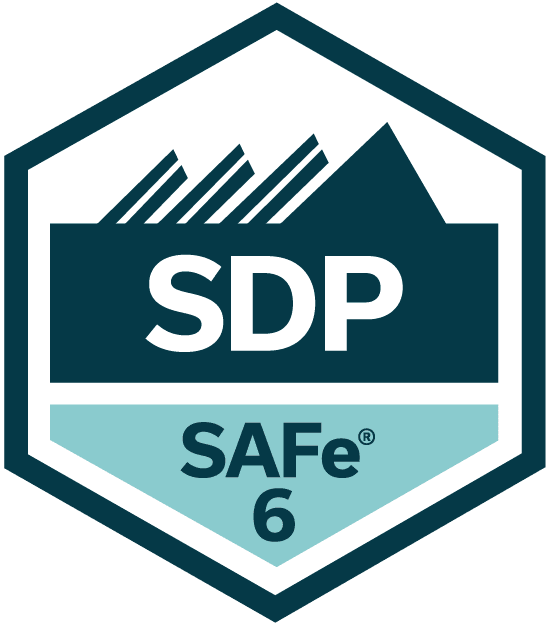
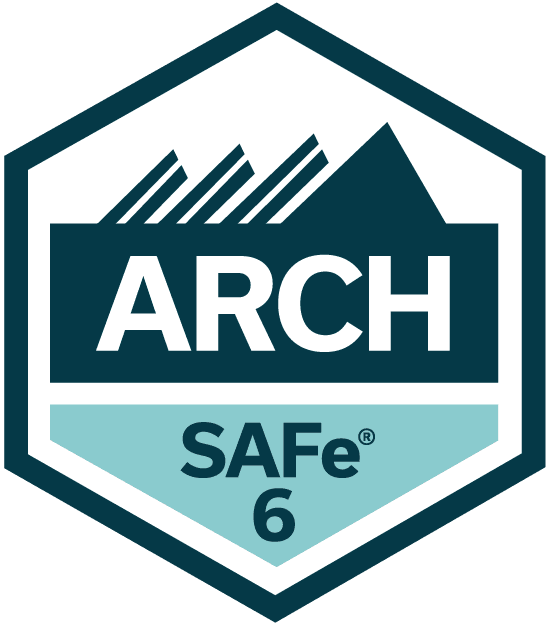
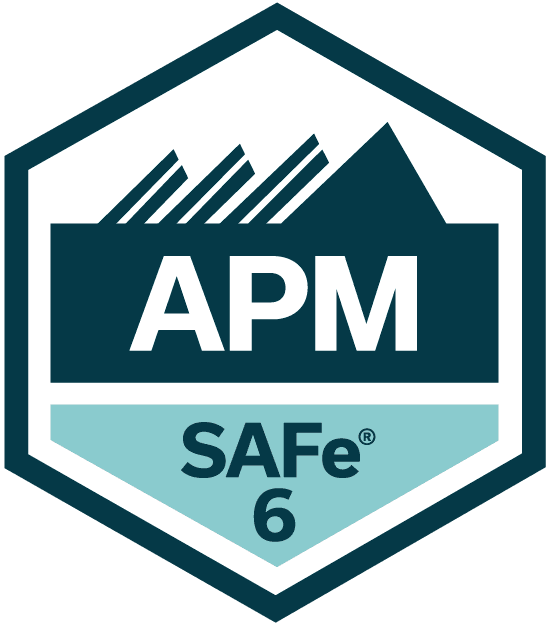
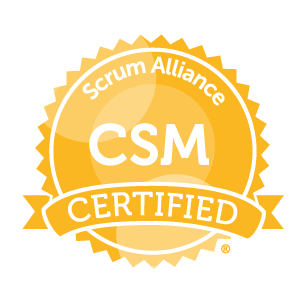
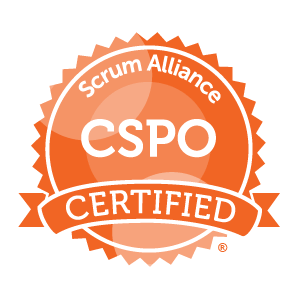
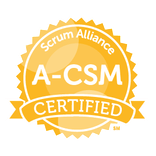

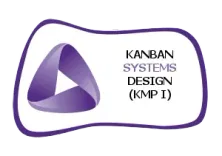

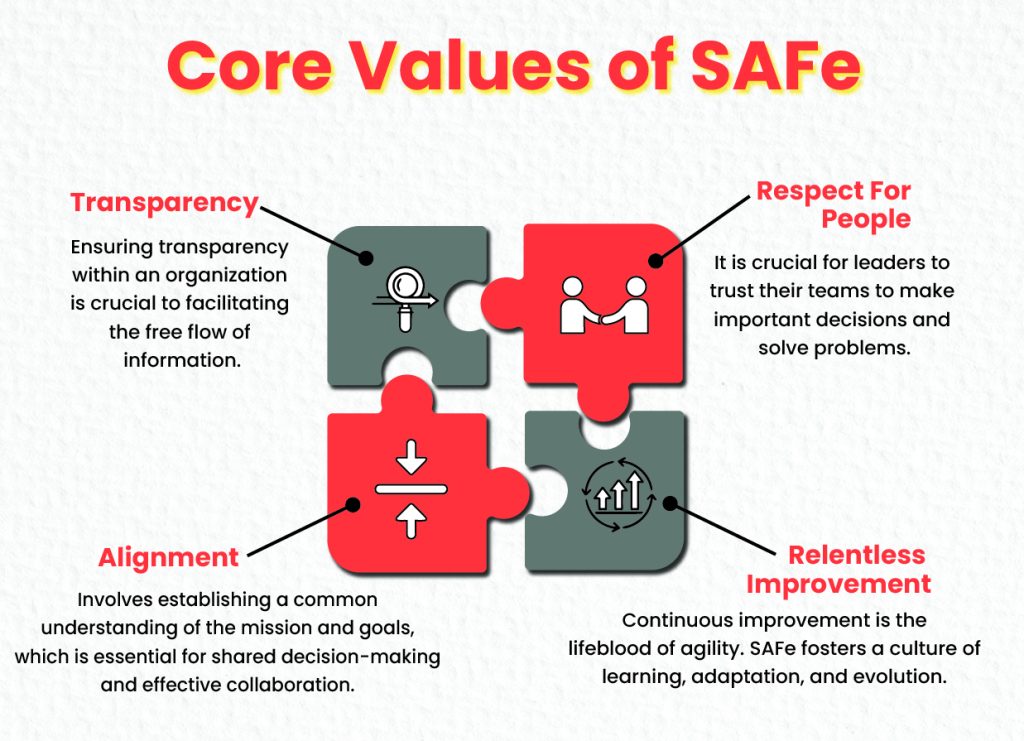







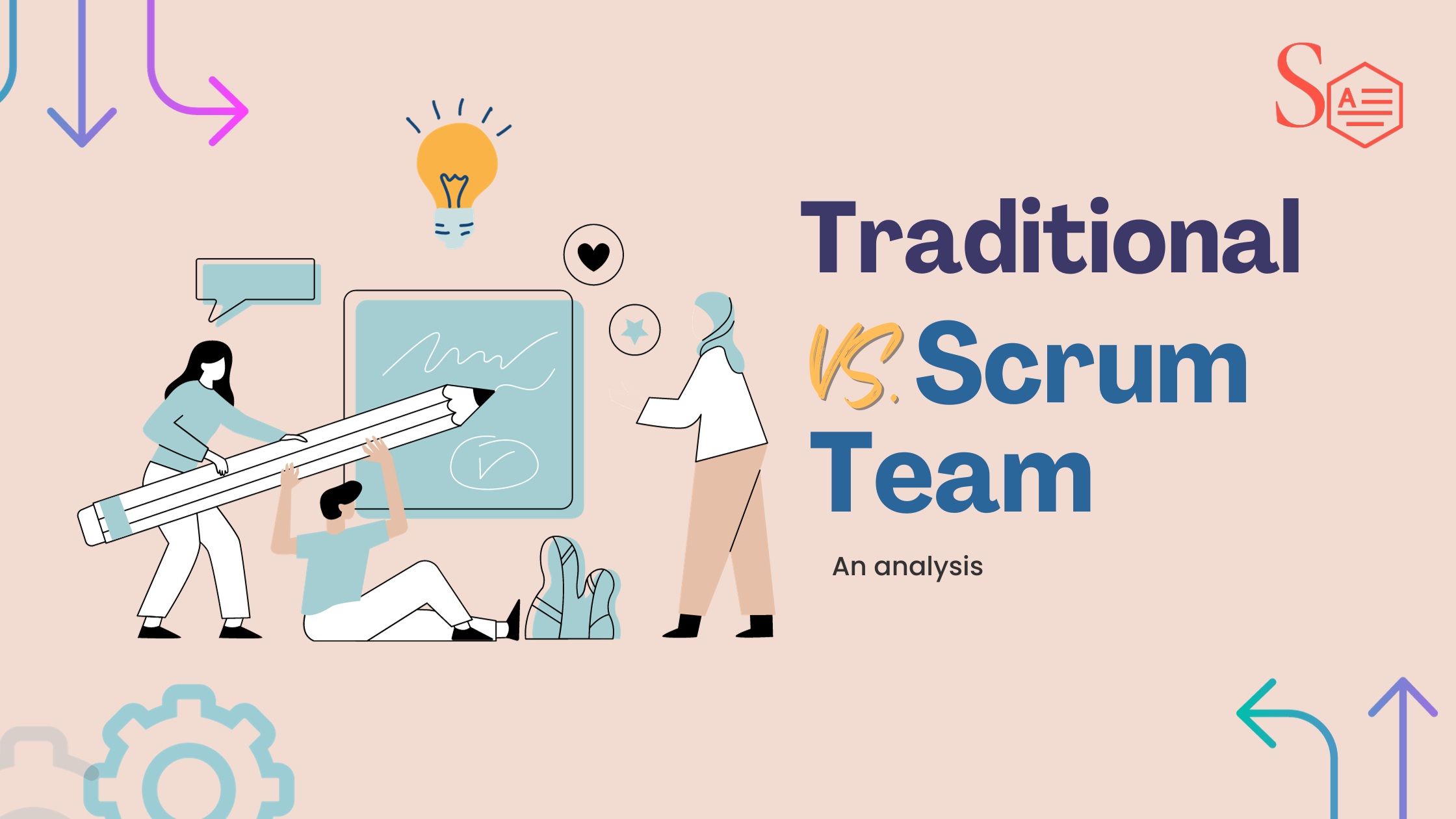

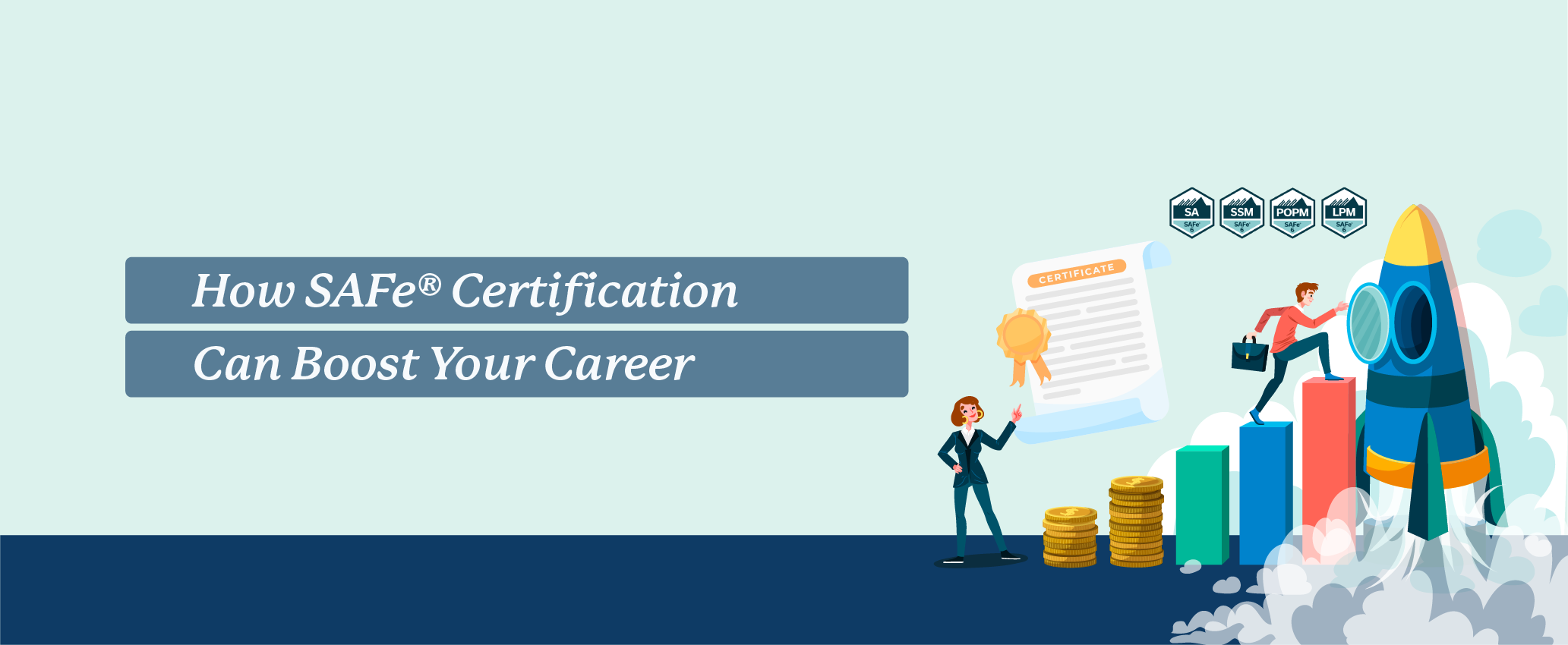
One Response